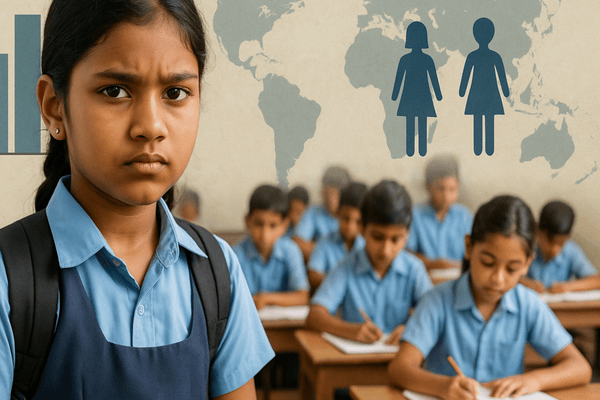Thirty years after the 1995 Beijing Declaration and Platform for Action envisioned full and equal participation of women in all spheres, the world has made significant strides toward achieving gender equality in education. According to UNESCO’s Global Education Monitoring (GEM) team, girls now enrol in primary, lower, and upper secondary schools at rates almost equal to boys. Over the past three decades, 91 million more girls have joined primary education, and 136 million more are enrolled in secondary education.
Women’s participation in tertiary education has also surged, rising from 41 million to 139 million. These figures reflect decades of global effort aimed at dismantling barriers and expanding access to education for girls and women.
Regional Disparities Persist
Despite impressive global progress, the path to equality remains uneven across regions. Central and Southern Asia have reached gender parity in secondary enrolment, but sub-Saharan Africa continues to lag. Oceania, once at parity, now faces challenges where girls are increasingly disadvantaged. Conversely, in Latin America and the Caribbean, boys are less likely to complete secondary education.
Socioeconomic factors deepen these inequalities. In some regions such as West Africa, poverty and geographical location severely limit access, leaving many poor young women out of school entirely.
Gaps Beyond Enrolment
The GEM report emphasises that true educational equality extends beyond enrolment figures. Sexuality education remains inconsistent, with only two-thirds of countries mandating it at the primary level. Textbooks in many systems continue to perpetuate gender stereotypes, and despite women forming the majority of the teaching workforce, only 30 per cent of higher education leadership positions are held by women.
These systemic barriers hinder education’s potential as a catalyst for equality and empowerment.
Call for Transformative Action
UNESCO underscores that achieving lasting progress requires governments to implement gender-transformative curricula, expand sexuality education, and ensure safer learning environments. Greater representation of women in educational leadership and better data-driven accountability are essential to bridging the remaining gaps.
The journey that began in Beijing remains unfinished, but the vision of equality in education continues to drive global efforts for inclusive and transformative change.

